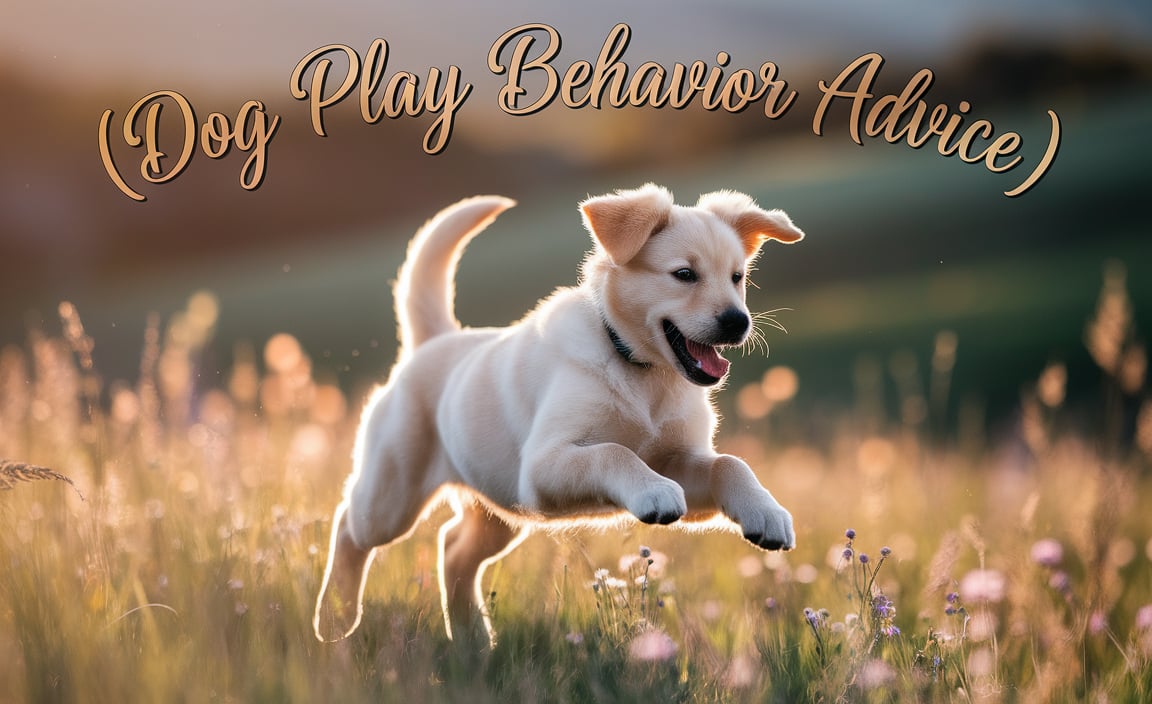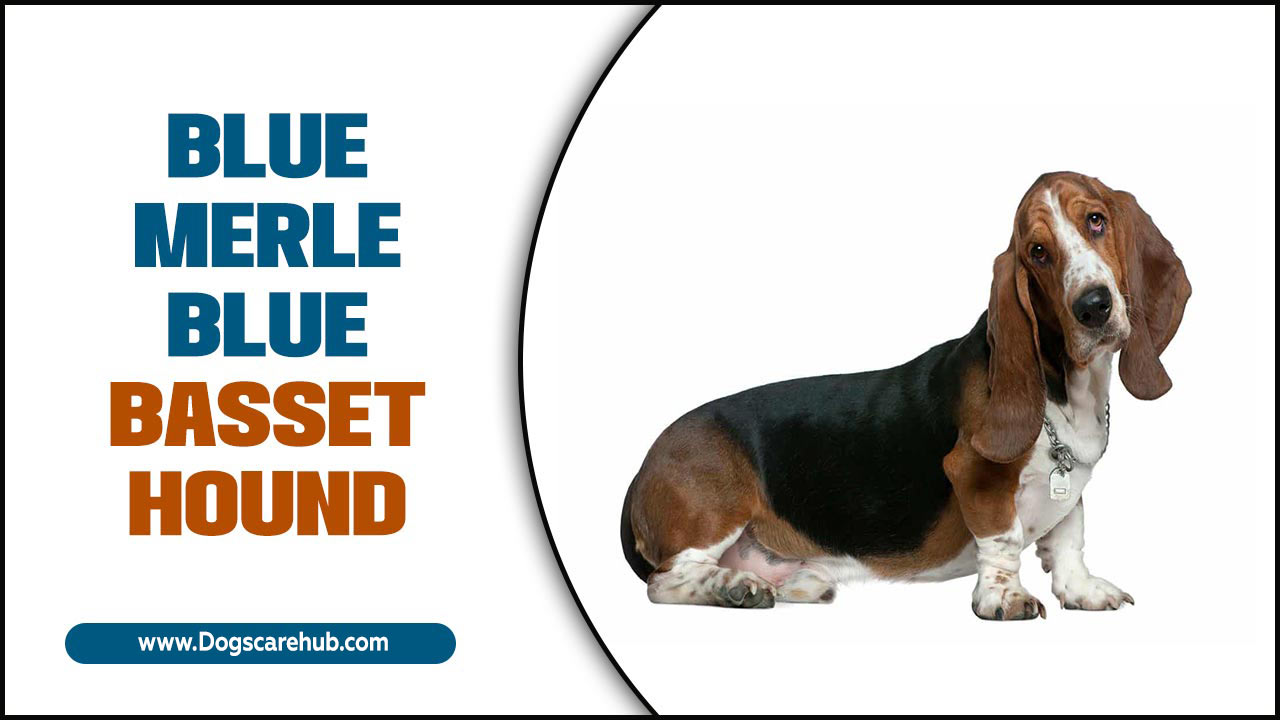Aggressive dog behavior in puppies is a concerning issue for many new owners, often surfacing earlier than expected. While playful nipping and mouthing are normal parts of puppy development, a persistent or escalating pattern of growling, snapping, or biting often signals a need for intervention. Understanding the root causes and implementing appropriate strategies promptly can make a significant difference in shaping a well-adjusted adult dog. Ignoring these early warning signs is a gamble that can lead to more severe challenges down the line, impacting the dog’s safety and your relationship with them.
Understanding the Nuances of Puppy Aggression
It’s crucial to differentiate between typical puppy play and genuine aggression. Puppies learn bite inhibition from their littermates. When a puppy mouths too hard during play, another puppy might yelp and withdraw. This teaches the mouthing puppy to be gentler. If a puppy is separated from its littermates too early, it may not have fully developed this crucial skill, leading to harder bites on human hands and feet. This is often misconstrued as aggression when it’s more about a lack of learned boundaries.
However, there are instances where the behavior is indeed rooted in fear, frustration, or possessiveness. A puppy might growl when a toy is taken away, or snap when approached while eating. These are often the first indicators of aggressive dog behavior in puppies that requires immediate attention. Fear-based aggression can also stem from negative experiences with certain people, objects, or environments. A puppy that has had a frightening encounter might react defensively to similar stimuli.
Common Triggers for Early Aggression
Several factors can contribute to aggressive tendencies in young dogs:
Lack of Socialization: Inadequate exposure to a variety of people, places, sounds, and other animals during the critical socialization window (roughly 3-16 weeks) can lead to fear and anxiety, which can manifest as aggression. A puppy that hasn’t learned that the world is generally a safe place may be quick to react defensively.
Confinement and Frustration: Puppies have a lot of energy. Being confined for extended periods without enough mental and physical stimulation can lead to frustration, which can then spill over into redirected aggression towards toys, furniture, or even people.
Resource Guarding: This is a common issue where puppies become possessive over highly valued items like food, toys, or even their favorite sleeping spot. Growling, snapping, or lunging when someone approaches these items are classic signs. This behavior can escalate if not managed appropriately.
Pain or Discomfort: A sudden onset of aggressive behavior might signal an underlying medical issue. A puppy in pain may lash out when touched, especially in a sensitive area. A veterinary check-up is always a good first step if you notice a change in your puppy’s demeanor.
Owner Reinforcement (Unintentional): Sometimes, owners inadvertently reward aggressive behaviors. For example, if a puppy growls and the owner backs away, the puppy learns that growling makes the “threat” disappear. Similarly, pulling a toy away quickly from a puppy that is showing possessiveness can reinforce their belief that they need to hold onto it tighter.
Strategies to Combat Aggressive Dog Behavior in Puppies
Tackling puppy aggression requires a proactive and consistent approach. The goal is not to punish the puppy, but to re-shape their behavior and teach them appropriate responses.
Early Intervention and Socialization
The most effective weapon against aggression is early, positive socialization. Enroll your puppy in a well-run puppy socialization class as soon as they are cleared by your veterinarian. This provides a safe environment for them to interact with other vaccinated puppies and be exposed to new sights and sounds. Beyond classes, actively expose your puppy to various stimuli in a controlled, positive manner. This means short, pleasant encounters with different people, dogs (that you know are friendly and well-behaved), noisy environments, and unusual objects. Always keep these experiences positive, using treats and praise to create good associations.
Managing and Redirecting Behavior
When you observe concerning behavior, it’s essential to manage the situation to prevent it from escalating and to redirect your puppy towards a more desirable behavior.
Nipping and Mouthing: If your puppy nips too hard during play, let out a high-pitched yelp and immediately withdraw your hand or stop playing for a few seconds. This mimics the reaction of a littermate. If nips are persistent, redirect them to an appropriate chew toy. Ensure they have plenty of acceptable outlets for their chewing needs.
Resource Guarding: Never try to forcibly take an item away from a puppy who is resource guarding. Instead, practice “trading up.” Offer them something more valuable (like a high-value treat) in exchange for the item they are guarding. As they become more comfortable, you can gradually introduce the concept of you placing treats near their food bowl or toys while they are eating or playing, thus building positive associations with your presence around their resources.
Fear-Based Reactions: If your puppy shows fear, do not force them into the situation. Instead, create distance and allow them to observe from a safe space. Gradually introduce the trigger at a distance where they feel comfortable and pair it with high-value treats and praise. The aim is to change their emotional response from fear to positive anticipation.
Positive Reinforcement Training
Obedience training using positive reinforcement is fundamental. Teaching commands like “sit,” “stay,” “leave it,” and “come” not only strengthens your bond but also provides your puppy with impulse control and clear communication with you. A puppy that understands cues and cues that positive behavior is rewarded is less likely to resort to aggressive displays.
When to Seek Professional Help
While these strategies can be very effective, there are times when professional intervention is necessary. If your puppy’s aggression is severe, escalating rapidly, or if you feel you cannot safely manage the situation, consult a qualified professional. This could be a certified professional dog trainer (CPDT-KA or CPDT-KSA) specializing in behavior modification, or a veterinary behaviorist. They can accurately diagnose the root cause of the aggression and develop a tailored behavior modification plan. Do not delay seeking help; early intervention is key to successful outcomes.
Preventing and managing aggressive dog behavior in puppies is an investment in a harmonious future. By understanding their developmental stages, recognizing potential triggers, and consistently applying positive training and management techniques, you can help your puppy grow into a confident, well-behaved companion.
Meet Elyse Colburn, the devoted canine companion and storyteller behind the enchanting world of “Tales, Tails, and Adventures Unleashed.” A passionate dog enthusiast with a heart full of paw prints, Elyse Colburn shares heartwarming tales and insightful adventures, celebrating the joy, loyalty, and endless antics that make every dog a true hero. Join Elyse Colburn on this tail-wagging journey, where every post is a love letter to our four-legged friends.




